Posted on September 14, 2018 by Yonature
34 Comments
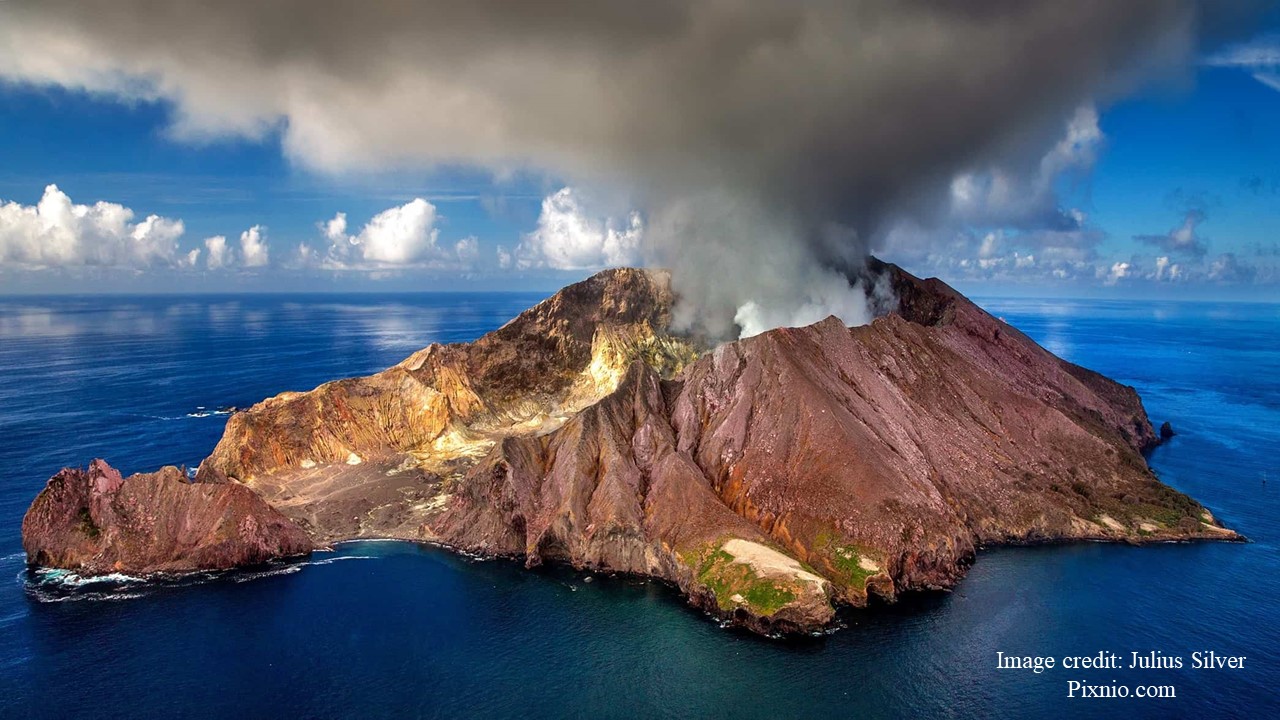
The island of Mauritius was formed approximately 10 million years ago by volcanic eruption. In fact, the island itself is a volcano. The highest point, 550 m – 600 m above sea level, is the central plateau; from there on, the land gently slopes Read More
Category: Environment Tags: African plate, are all islands formed by volcanoes, central plateau, chain volcanism, fomation of volcanic islands, formation of mascarene islands, formation of underwater volcanoes, Gonwana, hotspot, hotspot volcanic island formation, how do islands form, how do islands not float away, how do underwater volcanoes form, how do volcanic islands form, how does an island float, how long does it take for an island to form, how old is mauritius, how was Mauritius formed, island formation, isolated island, mid-ocean ridge, seafloor, Somali plate, underwater volcano, volcanic activity, volcanic fissures, volcanic vents, volcanism, what is the age of mauritius
Posted on September 14, 2018 by Yonature
8 Comments
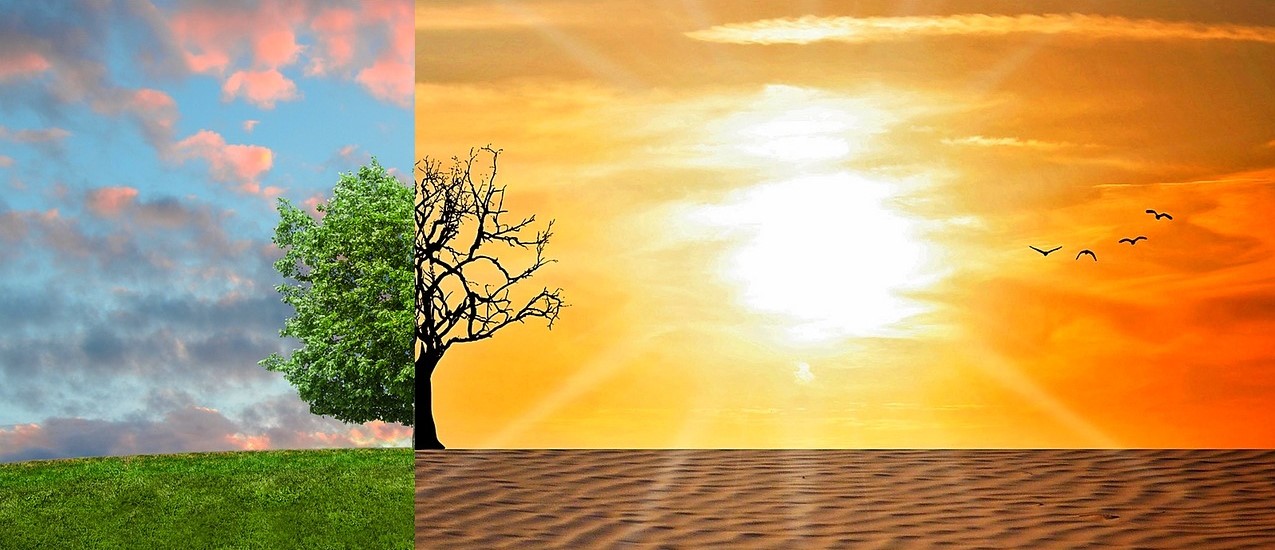
The first thing to note here is that there is a difference between the words climate and weather. While people use these two words interchangeably, they, in fact, mean different things. Weather refers to atmospheric conditions over short periods of time, from daily to Read More
Category: Environment Tags: climate, climate in the tropics, climate of mauritius, curepipe, cyclones, dry periods, formation of hail, hail formation, hail in mauritius, hail mauritius, hail rocks mauritius, maritime climate, mauritius, moon halo, oceanic conditions, rainfall, rainfall in mauritius, seasons in mauritius, snow mauritius, solar halo, southeast trade winds, subtropics, summer, supercooled, tropics, weather, wet seasons, what influences the climate of mauritius, what is a solar halo, why does a solar halo form, why it does not snow in mauritius, wind in mauritius, winds, winter, world climate
Posted on August 27, 2018 by Yonature
2 Comments
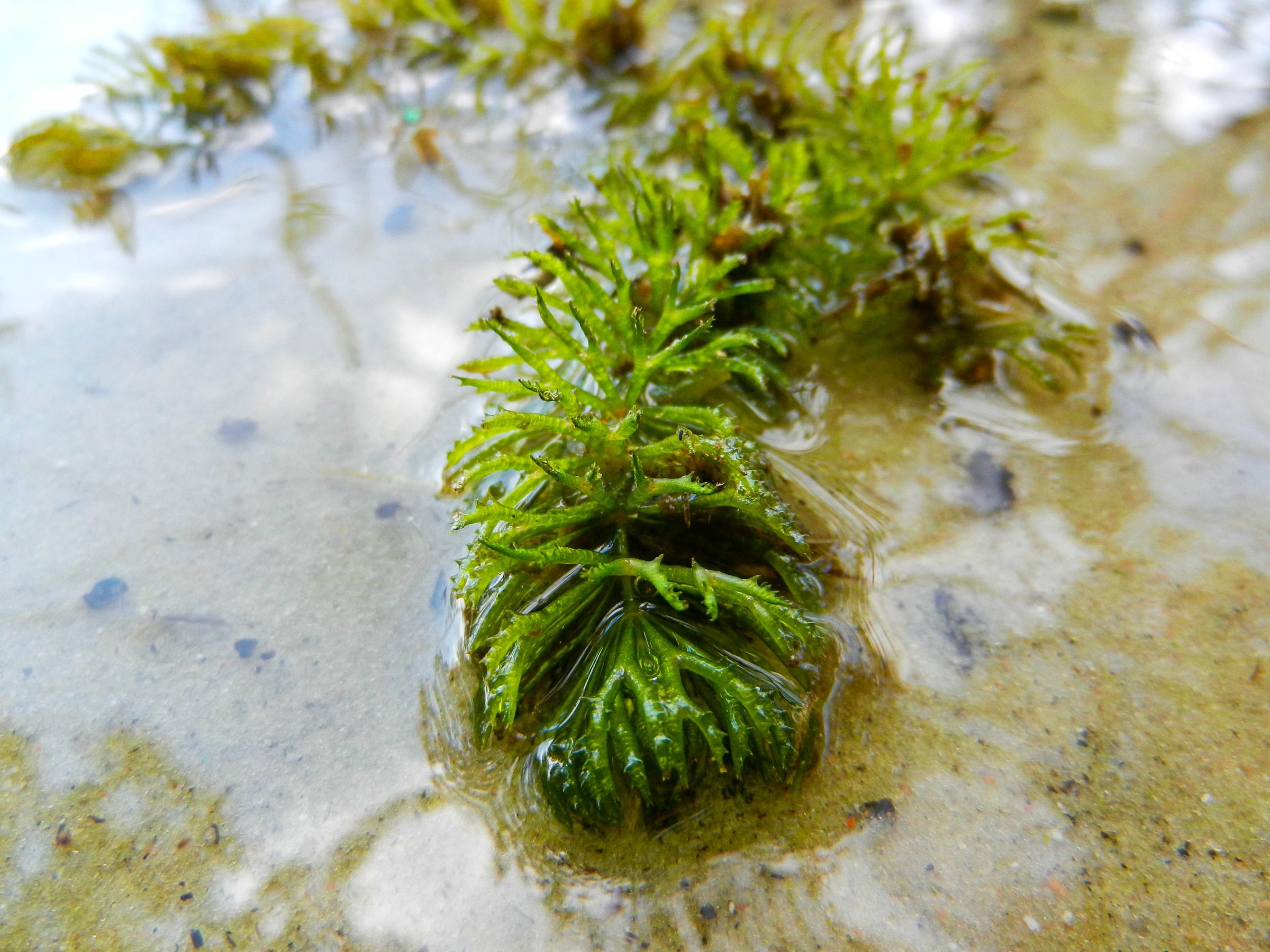
Although small in size, Mauritius has an impressive figure of marine algae. Scientifically named as seaweed, they are photosynthetic organisms that can be as small as bacteria or as big as plants. They are the greenish to brownish leaves that wash up the shore Read More
Category: Environment Tags: algae exploitation, algae extract, algae food, algae industry in mauritius, algae mauritius, algae research, edible types of algae, EEZ mauritius, fertiliser, foodstuff, Halimeda, history of algae research in mauritius, is algae bacteria or plant, mauritius algae, Padina, research in algae in mauritius, Sargassum, seagrass, seaweed, seaweed farming in mauritius, Syringodium, Turbinaria, types of algae in mauritius, use of algae, uses of algae, where is algae found, where most algae found, why invest in algae
Posted on August 22, 2018 by Yonature
12 Comments
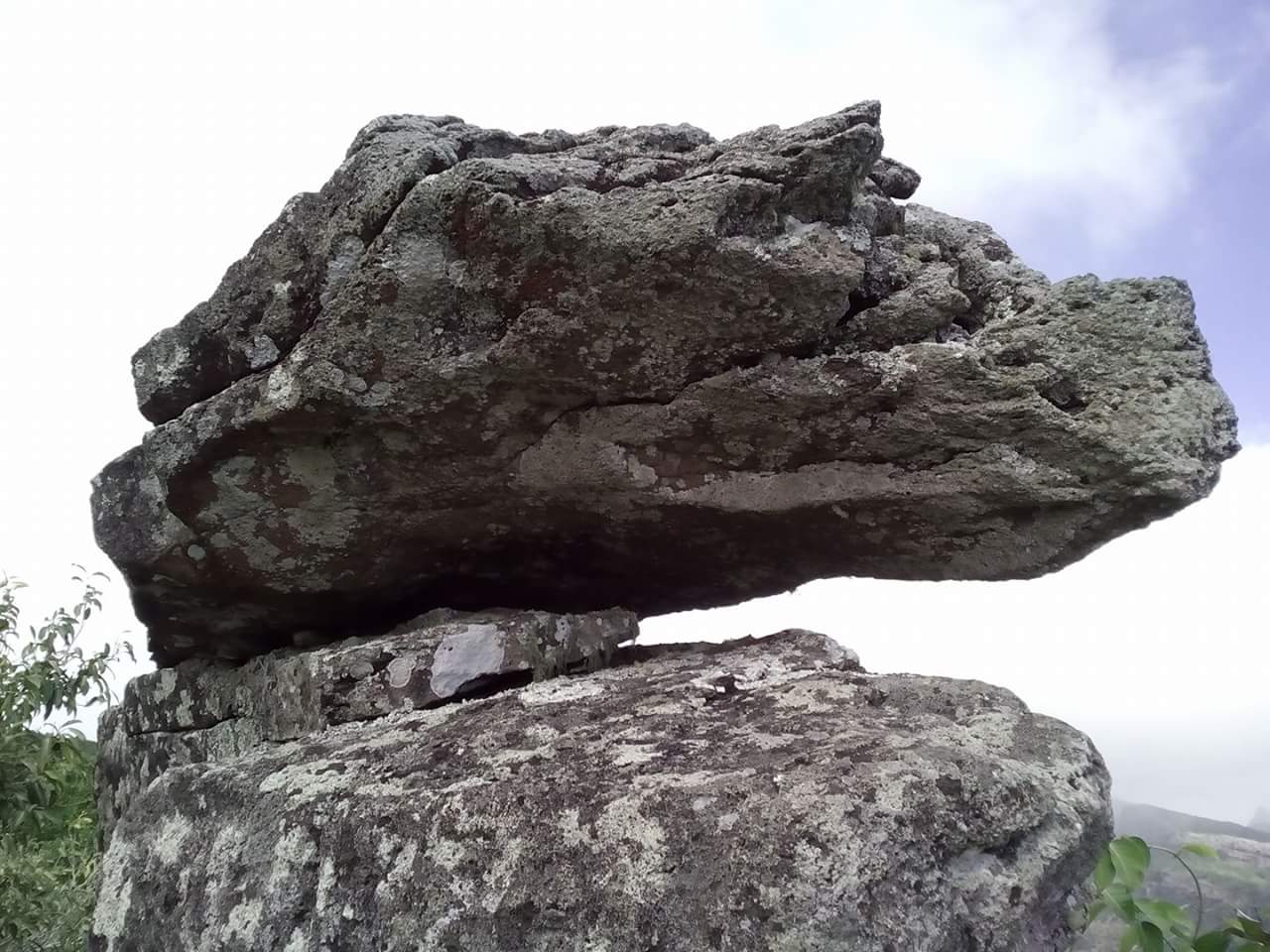
As one drives around the beautiful island of Mauritius, brightly coloured gentle slopes and deep valleys can be observed. These features are carved on the volcanic rocks that created the island. Magma from deep inside the Earth’s crust welled up and outpoured the thick Read More
Category: Environment Tags: ankaramite, best places for rock climbing in Mauritius, common rocks in mauritius, extrusive rocks, hawaiite, how are volcanic rocks made, how do rocks form, igneous rocks, intrusive rocks, lava rocks, magmatic differentiation, mountain climbing with equipment mauritius, mugearite, oceanite, phenocrysts, rock climbing in Mauritius, rocks on volcanic islands, science of petrology, sedimentary rocks, the three types of rocks, trachyte, types of rocks, types of rocks in mauritius, types of volcanic rocks, UIAA Standards for rock climbing Mauritius, volcanic rocks in mauritius, what is petrology
Posted on June 5, 2018 by Yonature
4 Comments
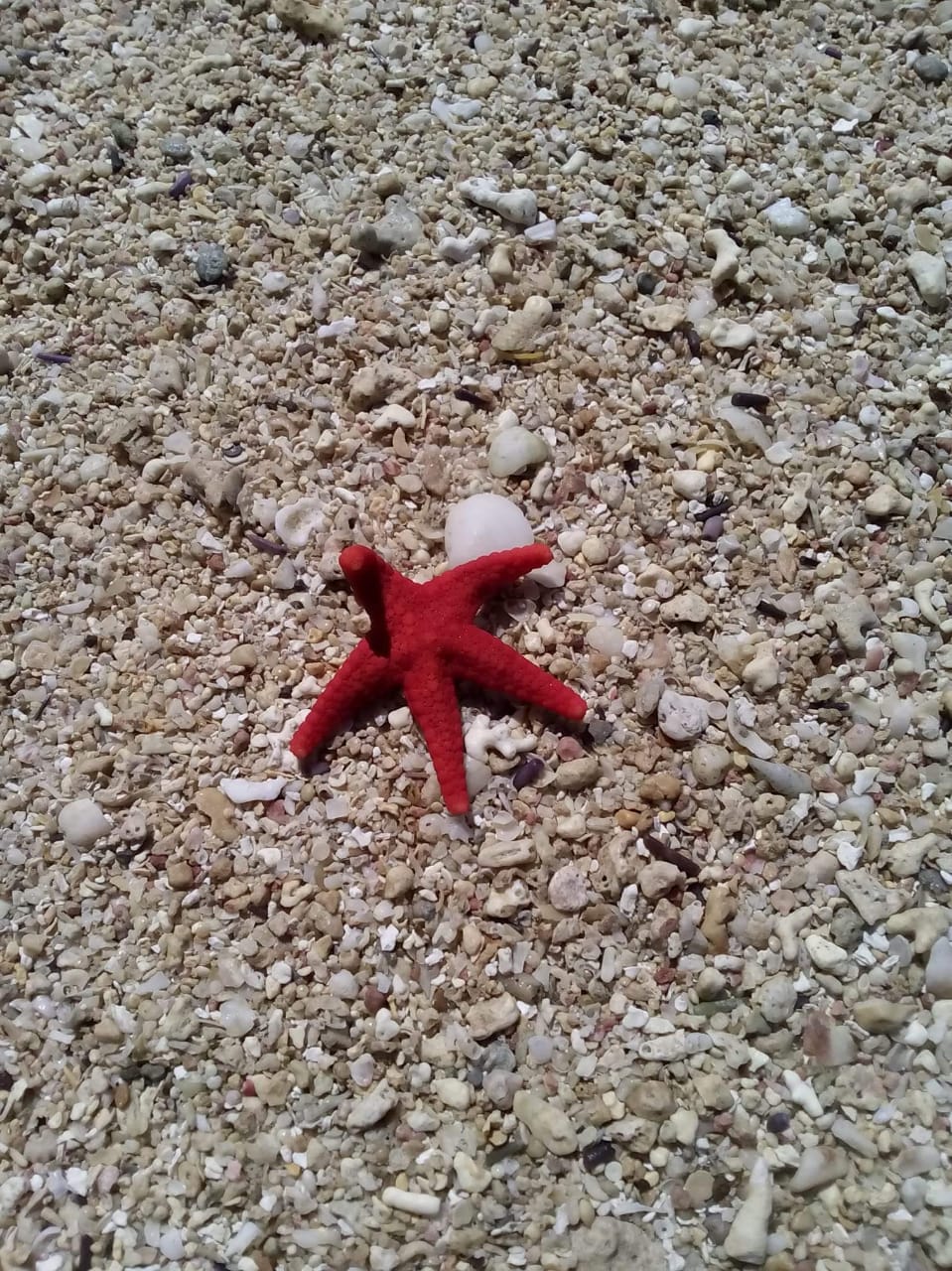
Mauritius is located in the South West Indian Ocean Basin. The Indian Ocean itself started to expand during the splitting of Gondwana some 140 million years ago but was fully formed and filled to what it is now some 36 million years ago. It Read More
Category: Environment Tags: continental margin, corals, diving, fishes, giant crabs, indian ocean, limpet, mascarene islands, ocean bed, ocean floor, organisms seabed, plateau, reunion, ridge, rodrigues, saya de malha bank, sea vent, seabed, seafloor mauritius, starfish, trench
Posted on June 1, 2018 by Yonature
4 Comments
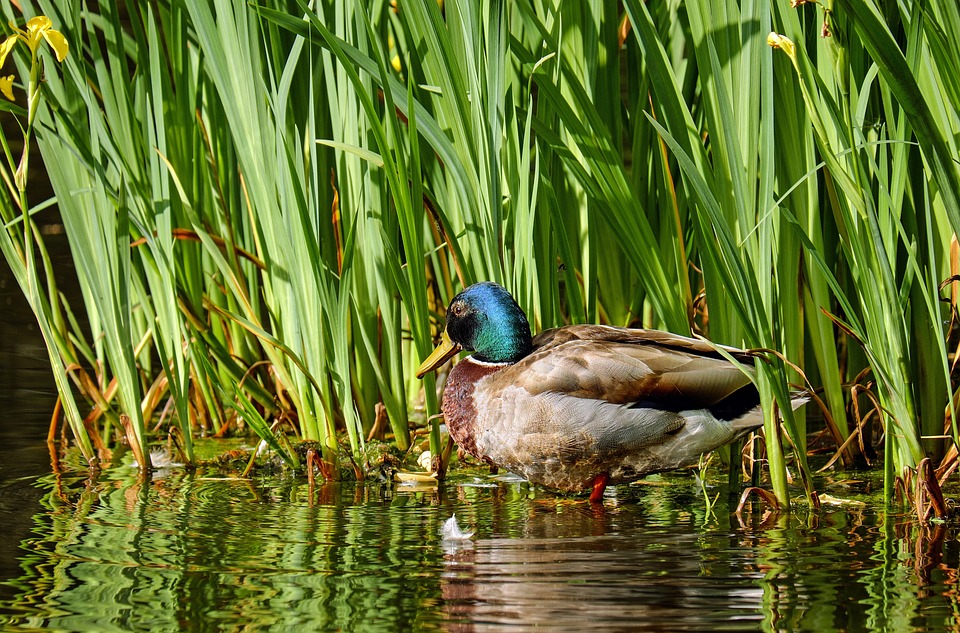
Wetlands are those areas that are near constantly moist. They play a very important role in the environment; for example, they help in water absorption and trapping of harmful substances. Regretfully though, wetlands all over the world are disappearing and Mauritius is no exception. Read More
Category: Environment Tags: agriculture, birds, bogs, crabs, cultivation, damage to wetlands of mauritus, drain wetlands, effects of draining wetlands, fill wetlands, flood prevention, how many wetlands are there in mauritius, impacts of wetland filling, importance of wetlands, importance wetlands, insects, island, mangroves, marshes, natural environment, ramsar, rodents, runoff, threats to wetlands, threats wetlands, wetlands of mauritius, wetlands status mauritius, why save wetlands
Posted on May 14, 2018 by Yonature
5 Comments
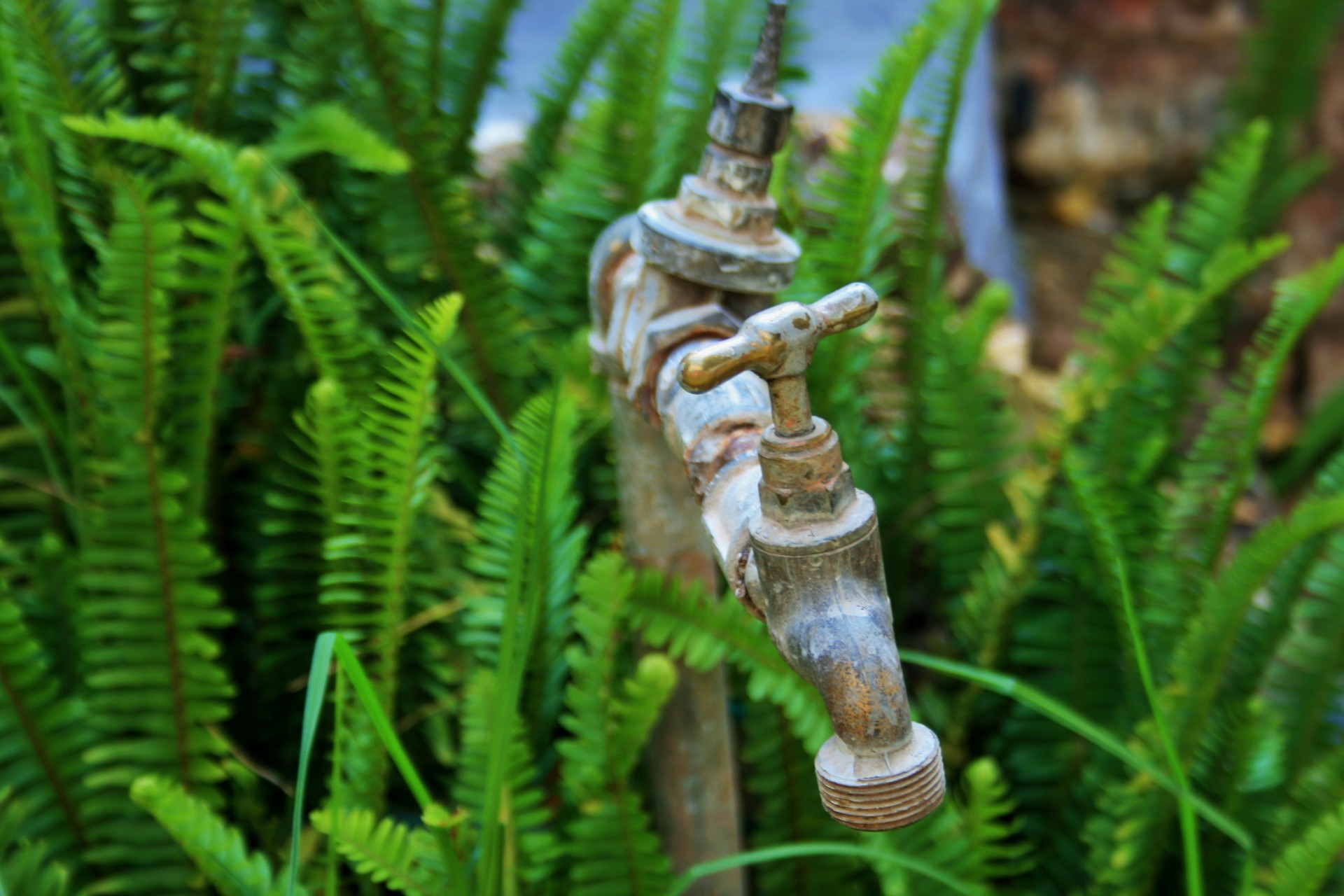
Mauritius has a freshwater system arising from the central plateau and moving towards the sides of the island. Obviously, this is due to the upper regions receiving more rainfall than the lower lying areas. The mean annual rainfall is 4200 mm on the highlands Read More
Category: Environment Tags: abstraction points, aquifer, aquifer mauritius, aquifers in mauritius, boreholes, carpe, central plateau, chitte, cloud formation, eels, freshwater, Grand Bassin, grand river south east, groundwater, groundwater resources in mauritius, how many aquifers are there in mauritius, how many boreholes are there in mauritius, how many lakes are there in mauritius, how many reservoirs are there in mauritius, lakes, lakes in mauritius, lamotius, list of aquifer in mauritius, list of reservoirs in mauritius, list of rivers in Mauritius, longest river in mauritius, major river basins, mauritius, mean rainfall, reservoirs, reservoirs in mauritius, rivers in mauritius, rives, riviere des galets, trou kanaka, water, what is an aquifer
Posted on May 10, 2018 by Yonature
4 Comments
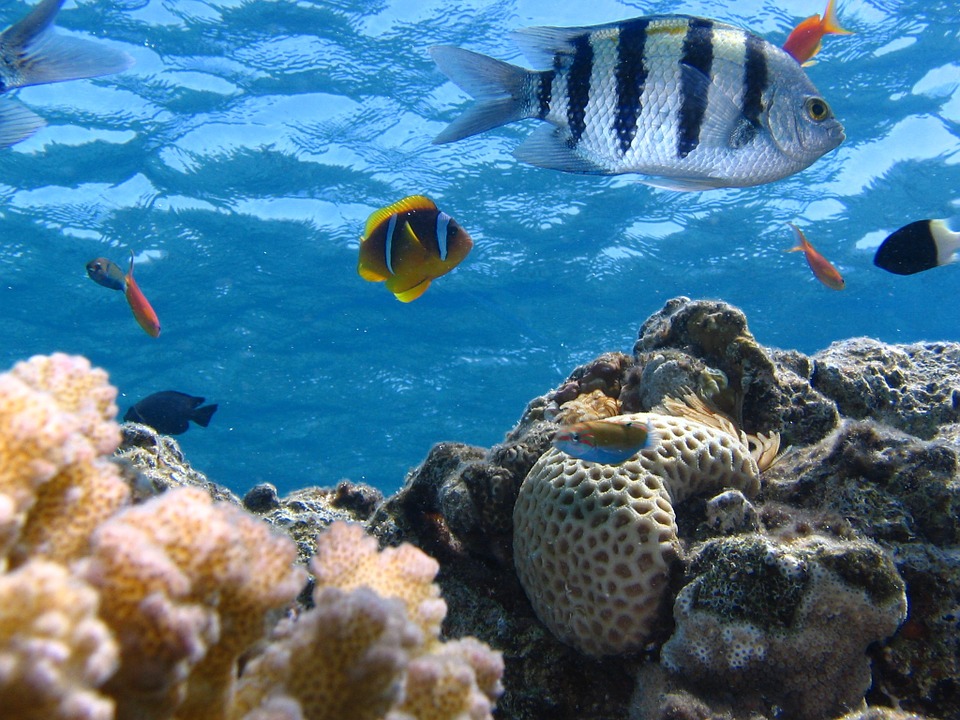
The marine environment relates to all physical and biological interaction that occurs between the sea and the land at the highest watermark. It includes the oceans, seas, bays, estuaries, lagoons, deep sea, oceanic trenches and ridges. In simple terms, the marine environment starts right Read More
Category: Environment Tags: dangerous threats, marine coasts, marine environment, mauritius, oil spill in the marine environment, phytoplanktons, pollution, richest ecosystem, salt ocean, sea creatures, sea life, sperm whales, sustain life on earth, threats to marine environment, water cycle, what animals are found in the marine environment, what is found in the marine environment, what is the importance of the marine environment, what is the marine environment, why is marine environment threatened
Posted on May 9, 2018 by Yonature
8 Comments
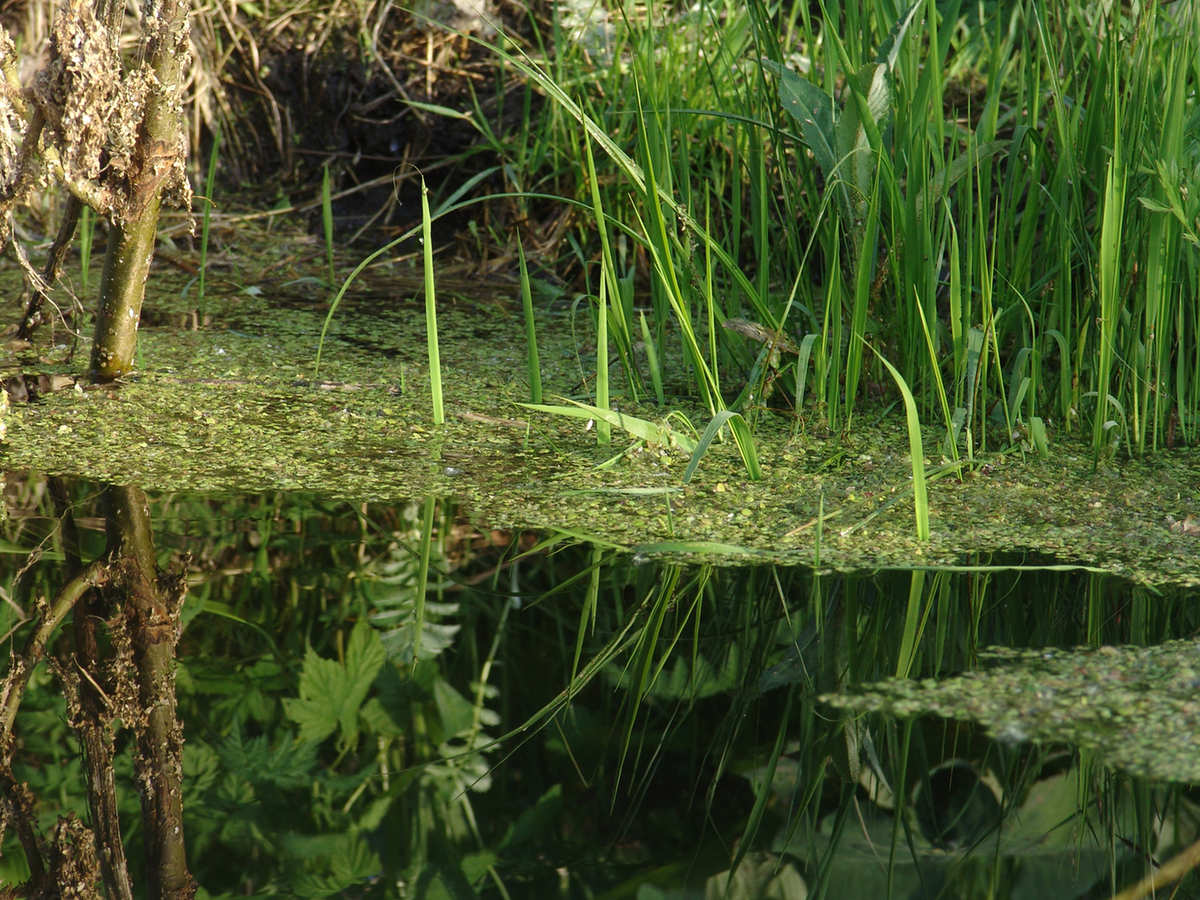
Wetlands are places that are permanently or seasonally filled with freshwater, saltwater or a mixture of these two. As such, wetlands include areas such as marshes, ponds, borders of rivers and lakes and deltas. Though they are often neglected in environmental conservation programmes, including Read More
Category: Environment Tags: Blue Bay Marine Park, characteristics of wetlands, crustaceans, deltas, floodplain, Grand Bassin, how many ramsar sites are there in mauritius, how many wetlands are there in mauritius, importance of wetlands, importance of wetlands in mauritius, kayaking in mangroves, mangrove swamps, marine coasts, marshes, Pointe D'esny, ponds, Ramsar sites in mauritius, Rivulet Terre Rouge Bird Sanctuary, songe, types of wetland, water retention, watercress, wetlands in mauritius, wetlands of mauritius, what is a wetland, where are wetlands found, where are wetlands found in mauritius, why are wetlands important
Posted on May 9, 2018 by Yonature
6 Comments
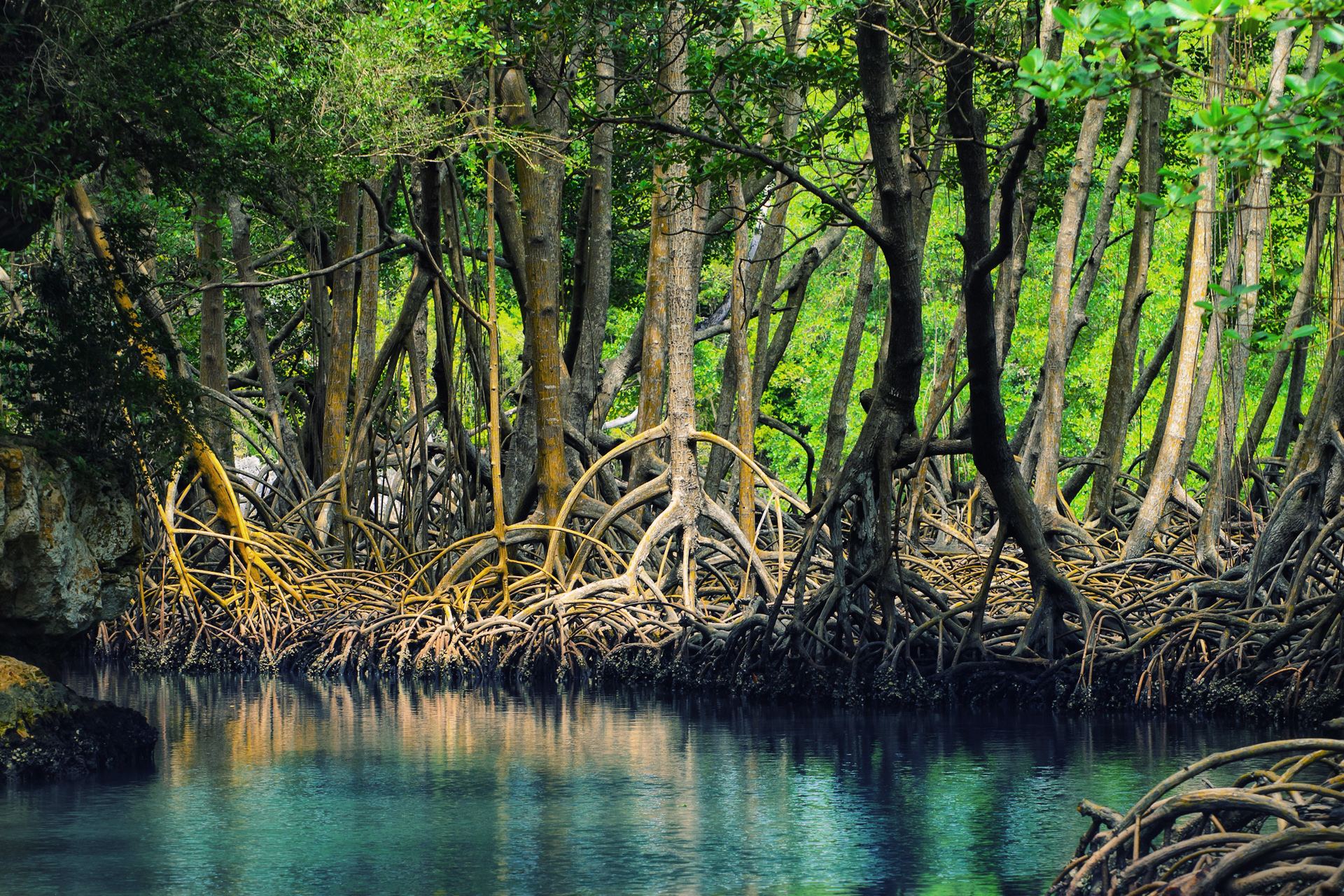
What is a mangrove? Duke, 1992, defined a mangrove as a “tree, shrub, palm or ground fern, generally exceeding more than half a meter in height, and which normally grows above mean sea level in the intertidal zones of marine coastal environments or estuarine Read More
Category: Environment Tags: aerial roots, alligators, brugeira, case noyale, cover of mangroves in mauritius, crab, crocodiles, definition of mangrove, deforestation, duke, estuary, fish, how do mangroves look like, importance of mangroves in mauritius, mangal, manglier, mangrove cover, mangroves in mauritius, mangroves of mauritius, meaning of mangroves, parts of mangrove, red mangroves, rhizophora, rodents, sediment, status of mangroves in mauritius, the mangrove project, types of mangroves in mauritius, what is a mangrove, what lives in mangroves, where are mangroves found, why protect mangroves










